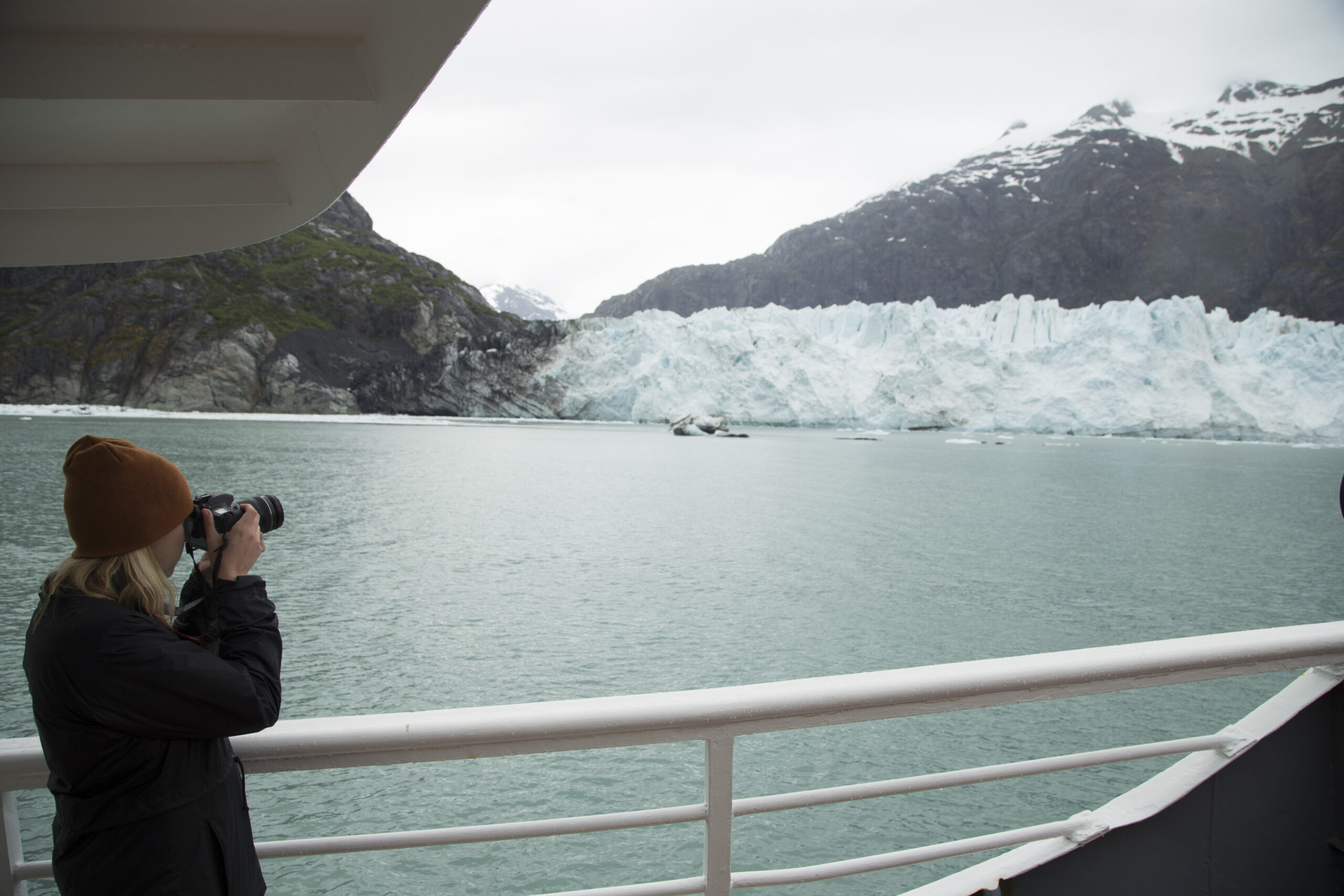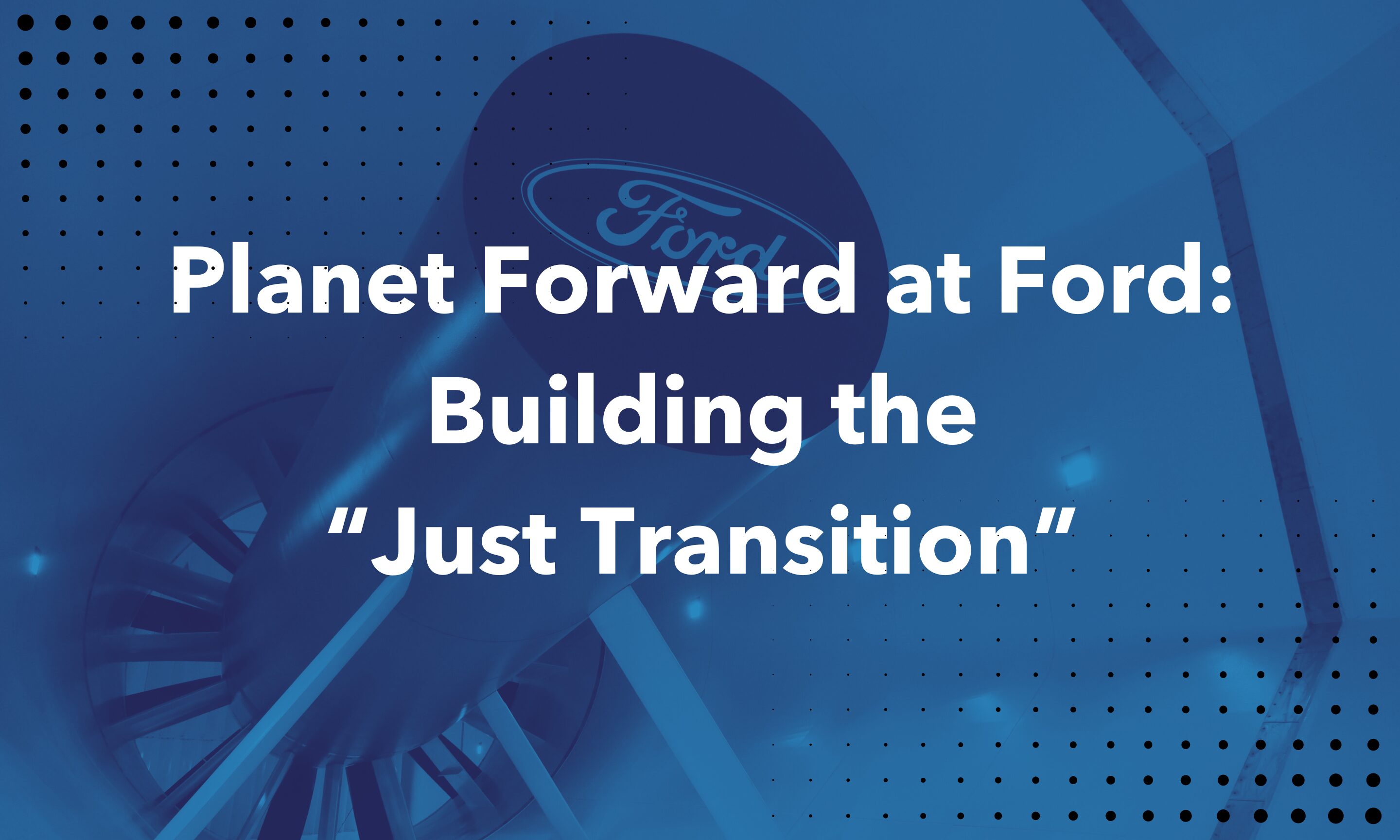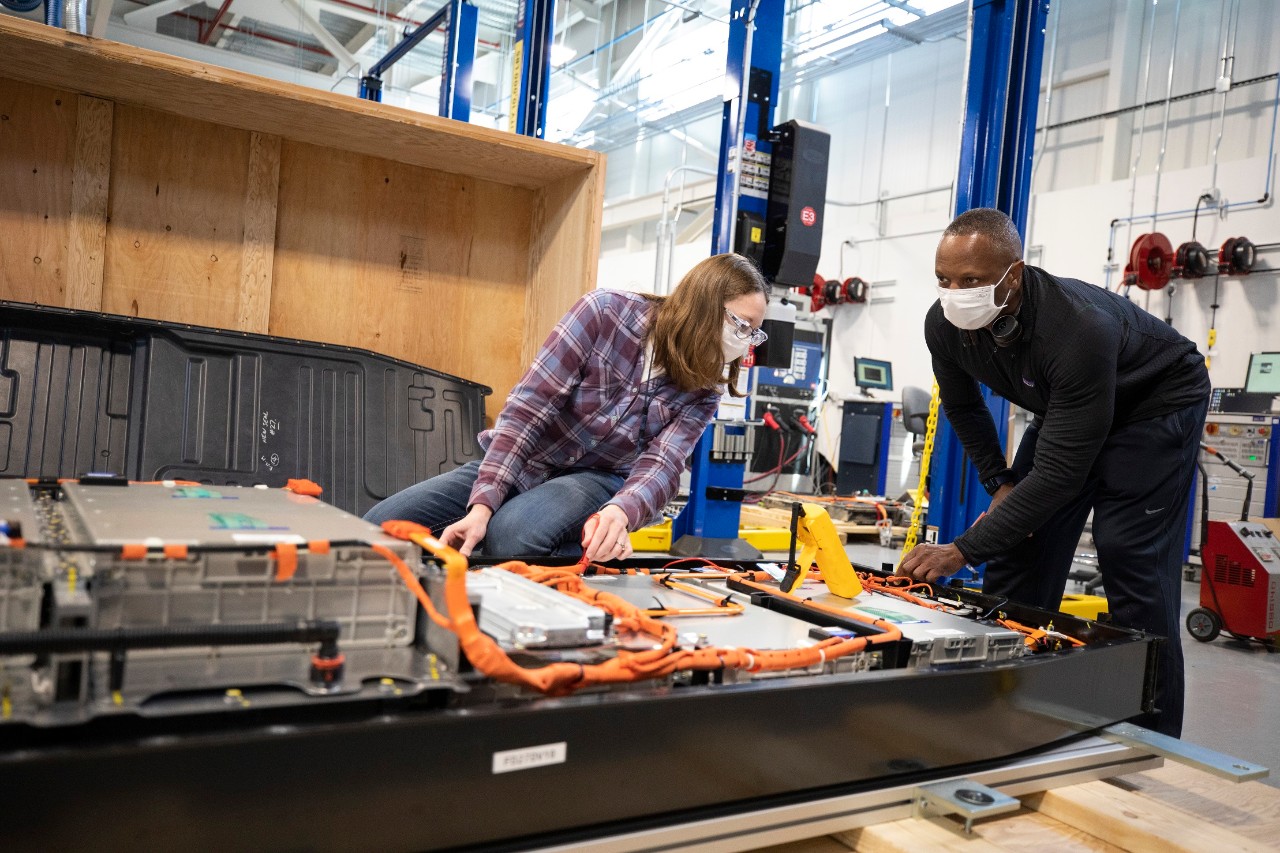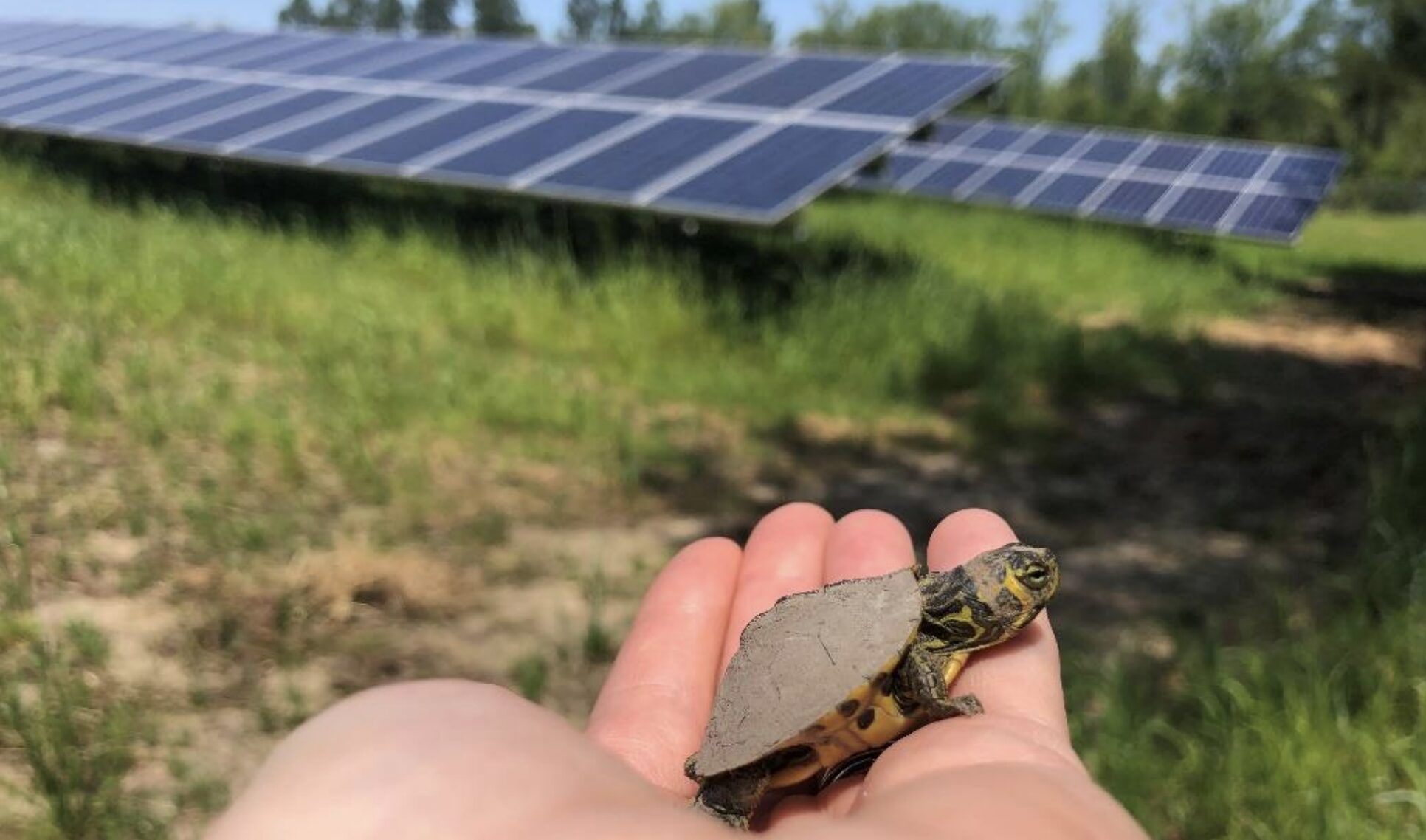Jump Around: Taking Advantage of Piezoelectric Energy
EDITOR’S PICK: What if the footsteps of a crowd could power a train? Or a one-kilometer stretch of roadway in California could produce enough energy to power 30,800 homes a year? We’re talking about piezoelectricity—the transformation of kinetic energy into an electrical current. Several countries have already begun experimenting with piezoelectric technology. In 2009, the East Japan Railway Company installed piezoelectric flooring in their Tokyo railway station. The energy generated by bustling commuters powers all the displays in the station. Italy also plans to place the technology under a stretch of the Venice-to-Trieste Autostrada. In the US, California Assemblyman Mike Gatto (D-Los Angeles) proposed a bill passed in 2011 to fund research to focus on the large-scale capabilities of this type of energy harvesting. In December 2012, the California Energy Commission (CEC) announced that it would support Gatto’s proposal and fund preliminary research.
Originally Posted 12/13/2011
Piezoelectric energy is created by the vibrations, friction, or static between solid materials. This can be obtained through a variety of methods, such as the friction of tires on the road, or the movement of shoes across a surface that contains piezoelectric crystals. This technology was discovered in 1880 by Jacques Curie, and has been subject to research over the past century as a potential new form of alternative energy. The potential for piezoelectric energy seems endless with modern advances in technology, as it can and has been implemented in a variety of different outlets. For example, it is not uncommon for nightclubs to be powered by dancers in Europe, creating energy that powers the entire establishment, from the stereo to the lighting. Here in the United States, gyms exist in which stationary exercise equipment possesses this technology in order to power the gym. Furthermore, the greatest potential for piezoelectric energy seems to lie in the outlet of highway and road construction. Piezoelectric crystals that are placed under these surfaces that experience the vibrations of thousands of vehicles and pedestrians a day have the potential to power entire towns and communities, perhaps even nations and the world. This technology is one of the most up-and-coming in alternative fuel exploration and will most likely be implemented into a variety of technologies in the future.























